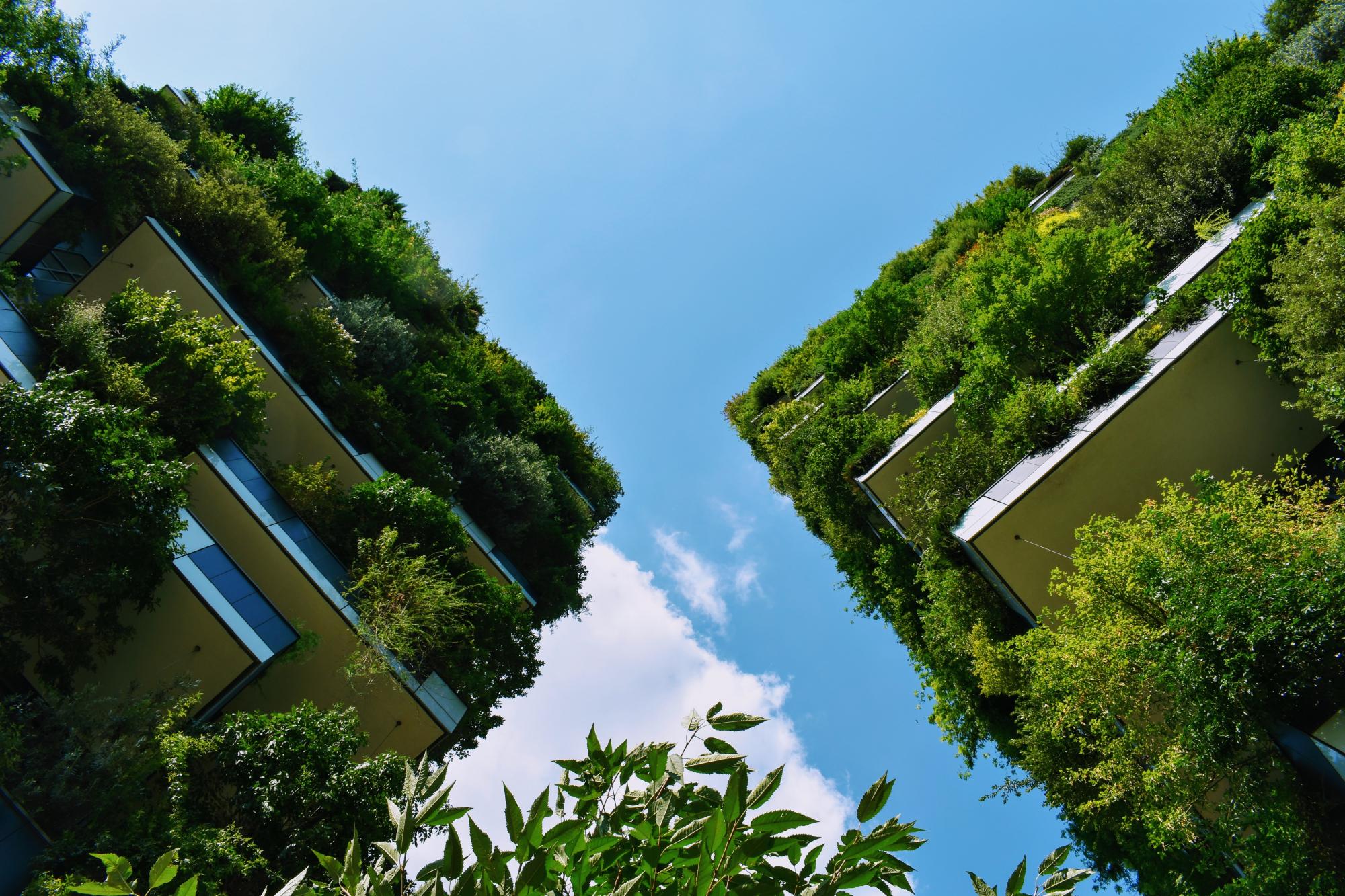After years of campaigning by local residents in the Liberties area, local authorities approved the idea of creating a park at Bridgefoot Street, instead of selling the area to developers who would have built a housing project there. The park will include lawns, flowers, trees, furniture, lighting, allotments, a community garden, a terrace, play space and play equipment and more. Bridgefoot St. Park will transform a derelict place and address the lack of green and recreational space in the area which locals had been campaigning against. After years of a long wait, the construction of the park has finally begun in 2020. In the meantime, the citizens took matters into their hands and the site became a community garden for a time with residents growing their own fruits, vegetables and even tending to egg-laying hens. (ref 1, 2, 8)
Overview
Nature-based solution
- Parks and urban forests
- Large urban parks or forests
- Community gardens and allotments
- Community gardens
- Green areas for water management
- Swales and filter strips
Key challenges
- Green space, habitats and biodiversity (SDG 15)
- Habitat and biodiversity restoration
- Green space creation and/or management
- Social justice, cohesion and equity (SDG 10)
- Environmental education
- Social interaction
- Health and well-being (SDG 3)
- Improving mental health
- Improving physical health
- Creation of opportunities for recreation
Focus
Project objectives
Implementation activities
Biodiversity conservation or restoration-focused activities
Biodiversity restoration:
- Rehabilitate and restore damaged or destroyed ecosystems
- Restore species (native, endangered, or unspecified)
- Restore native species
- Public engagement
Main beneficiaries
- Citizens or community groups
- Marginalized groups: Elderly people
Governance
Management set-up
- Co-governance with government and non-government actors
Type of initiating organisation
- Citizens or community group
Participatory approaches/ community involvement
- Consultation (e.g. workshop, surveys, community meetings, town halls)
Details on the roles of the organisations involved in the project
Project implemented in response to ...
Financing
Total cost
Source(s) of funding
- Unknown
Type of funding
- Unknown
Non-financial contribution
- Provision of labour
- Citizens (e.g. volunteering)
Impacts and Monitoring
Environmental impacts
- Green space and habitat
- Increased green space area
- Increased number of species present
- Restoration of derelict areas
Economic impacts
- Increase in agricultural production (for profit or not)
Socio-cultural impacts
- Safety
- Decreased crime rates
- Social justice and cohesion
- Improved social cohesion
- Improved access to urban green space
- Increased opportunities for social interaction
- Increased involvement of locals in the management of green spaces
- Increased sustainability of agriculture practices
- Health and wellbeing
- Improved mental health
- Gain in activities for recreation and exercise
- Cultural heritage and sense of place
- Improvement in people’s connection to nature
- Increased appreciation for natural spaces
- Education
- Increased knowledge of locals about local nature
Type of reported impacts
Presence of formal monitoring system
Presence of indicators used in reporting
Presence of monitoring/ evaluation reports
Availability of a web-based monitoring tool
References
Ref. 2. Dermot Foley Landscape Architects (2017). BRIDGEFOOT STREET PARK DESIGN RATIONALE - LANDSCAPE ARCHITECTURE. [pdf] available at: Source link (accessed 5th September, 2020)
Ref. 3. Dublin City Council (2017). Bridgefoot Street Park - A new public park and play facilities for the Liberties. [online] available at: Source link (accessed 5th September, 2020)
Ref. 4. Simpson, L. (2017). Archaeological Impact Statement, For a site bounded by Bridgefoot Street, Bonham Street and Island Street Dublin 8. [pdf] available at: Source link (accessed 5th September, 2020)
Ref. 5. Dublin City Council (2014). The Liberties Greening Strategy. [online] available at: Source link (accessed 5th September, 2020)
Ref. 6. Agnew, R. (2016). BRIDGEFOOT STREET: SHOULD THERE BE HOUSING, A PARK, OR BOTH?. [online ] available at: Source link (accessed 5th September, 2020)
Ref. 7. Spain, J. (2016). Save The Bridgefoot Street Park. [online] available at: Source link (accessed 5th September, 2020)
Ref. 8. Corrigan. D. (2020) Now Finally Being Built, It's Time to Name the New Park on Bridgefoot Street. Dublin InQuirer. Available at: Source link. Accessed on 5th September, 2020.


